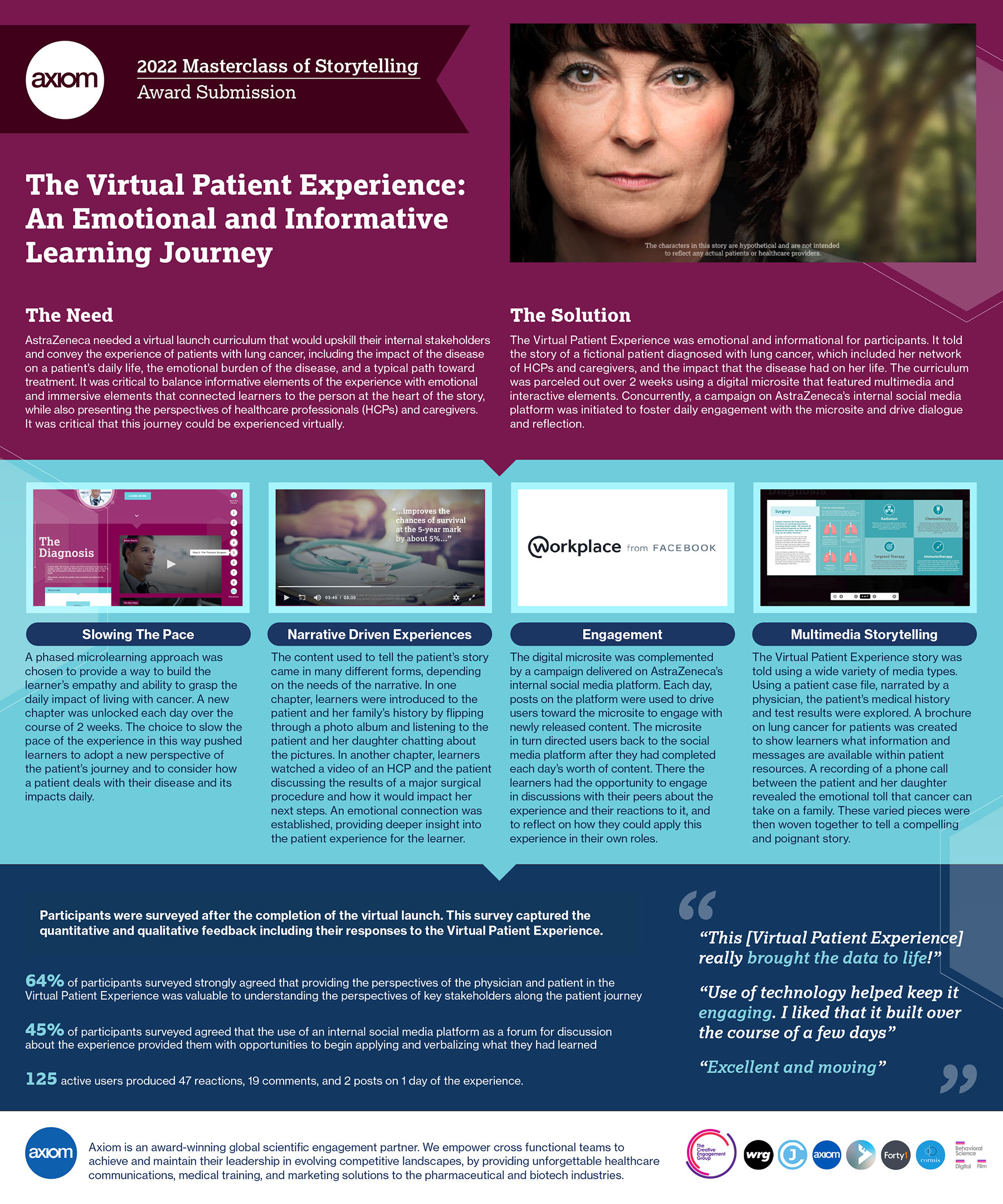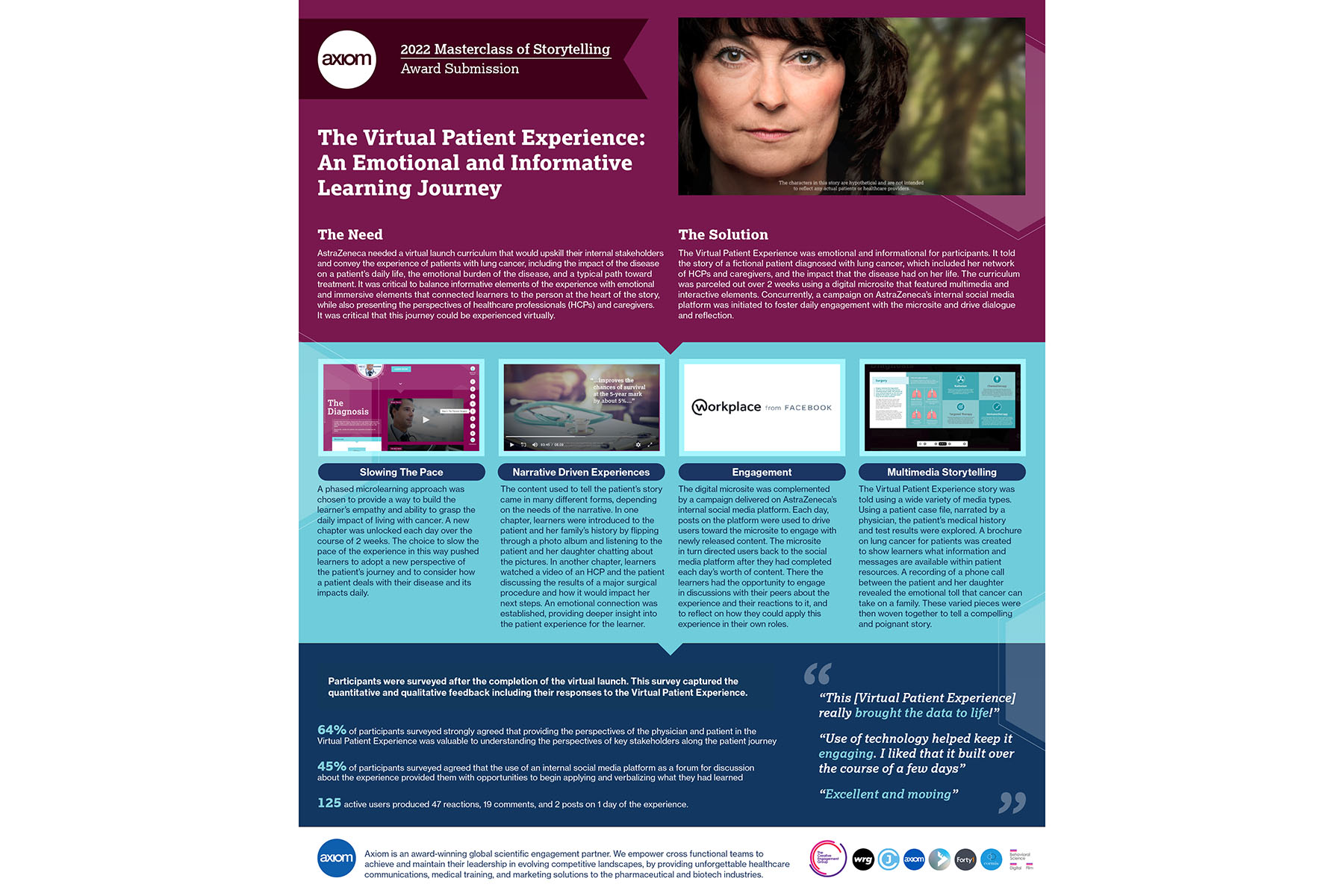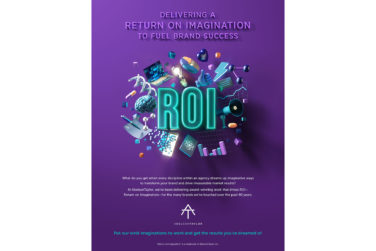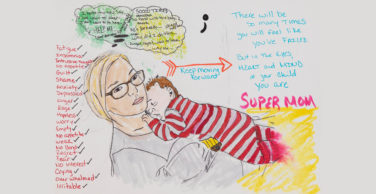The Virtual Patient Experience
Axiom, The Creative Engagement Group, and AstraZeneca
As part of an entirely virtual launch curriculum for training AstraZeneca employees, Axiom was tasked with conveying the experience of patients with lung cancer, including the impact of the disease on a patient’s daily life, the emotional burden of the disease, and a typical path toward treatment. The challenge lay in ensuring that the virtual experience could impart the same degree of emotional impact that has previously been achieved through live experiences. It was critical to balance informative elements of the experience, such as HCP approaches to diagnosis and treatment, with emotional and immersive elements that connected learners to the person at the heart of the story. The result was the Virtual Patient Experience, a digital microsite featuring multimedia and interactive elements which told the story of a hypothetical woman diagnosed with lung cancer, her network of HCPs and caregivers, and the impact that the disease had on her life.
 Inspired by a team member’s own personal experience of having visited the Anne Frank House in Amsterdam, the team examined steps that the Anne Frank House has taken to pivot in the wake of the pandemic and wondered, “How had they achieved that same emotional impact that could be felt in the physical exhibit?”
Inspired by a team member’s own personal experience of having visited the Anne Frank House in Amsterdam, the team examined steps that the Anne Frank House has taken to pivot in the wake of the pandemic and wondered, “How had they achieved that same emotional impact that could be felt in the physical exhibit?”
Based on what they learned, a phased and paced approach to the learner’s journey was chosen. Since it was clear that the total seat-time of the experience was far greater than could be expected of learners in a single sitting, the digital team gated the experience, unlocking a new chapter each day over the course of two weeks. In addition to addressing this element of the learner’s experience, the choice to slow the pace of the experience in this way pushed learners to adopt a new perspective of the patient’s journey and to consider how a patient deals with their disease and its impacts daily.
The content used to tell the story came in many different forms, depending on the needs of the narrative. For example, in one chapter learners were introduced to the patient and her family’s history by flipping through a photo album and listening to the patient and her daughter chatting about the pictures. In another chapter, learners watched a video of an HCP and the patient discussing the results of a major surgical procedure and how it would impact her next steps. Another chapter used interactive elements to gauge the learner’s perceptions of an HCP discussing treatment options with the patient. This blend of video, audio, text, print, and interactive elements came together to tell a rich and varied story. Also interspersed throughout the microsite were moments of reflection, at which learners were asked to identify potential areas where patients in this setting may not receive optimal care and consider how they can best drive positive changes in patients’ experiences with treatment.
The digital microsite was complemented by a campaign delivered on AstraZeneca’s internal social media platform, Workplace. Each day, posts on the platform were used to drive users toward the microsite to engage with newly released content. The microsite in turn directed users back to the social media platform after they had completed each day’s worth of content. There the learners had the opportunity to engage in discussions with their peers about their reactions to the experience and to reflect on how they could apply this experience in their own roles.After content creation and digital development of the Virtual Patient Experience were completed for the U.S. team, Axiom prepared all assets that comprise the Virtual Patient Experience to be submitted through the ex-U.S. local market approval process. Once approved, all source assets were provided to the different local market trainers for each team to either use “as is” or translate and localize the content to best meet their unique needs.
Among the participants, who were surveyed shortly after completion of the virtual launch, 64% strongly agreed and 30% agreed that the Virtual Patient Experience presented physician and patient perspectives that were valuable for developing their understanding of the perspectives of key stakeholders along the patient treatment journey. The success of this experience has already influenced and informed the development of AstraZeneca’s next patient-focused project, which is currently in development for another product indication.







